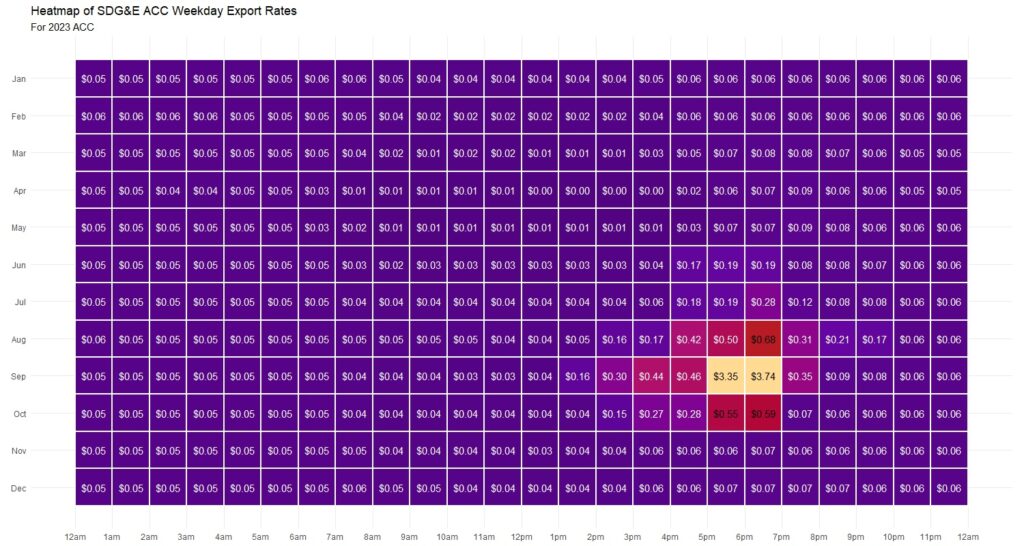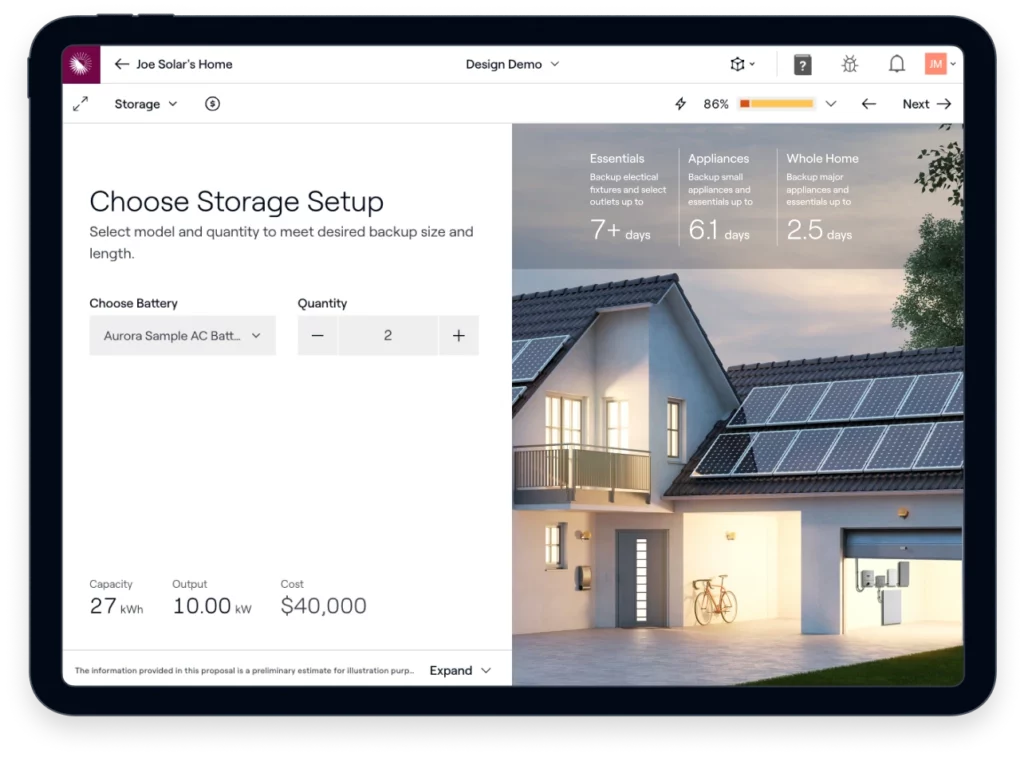It’s been almost five years since then-Governor Brown signed SB 100 back in September 2018. And while California remains committed to achieving 100% clean (carbon-free) energy by 2045, a lot has changed since then.
Recent developments have significantly impacted the state’s transition to renewables within the retail electricity sector. The implementation of NEM 3.0, i.e. the Net Billing Tariff, the extension of the Investment Tax Credit (ITC) under the Inflation Reduction Act (IRA), and the 2021 Joint Agency Report on Achieving 100% Clean Electricity in California are just a few of the major developments that have occurred since SB 100 was first signed. These events highlight the state’s continued commitment to renewable energy and its efforts to accelerate the transition to a clean energy future.
Back in 2019, we had Bernadette Del Chiaro, Executive Director of the California Solar & Storage Association (CALSSA) and Ken Rider, Chief of Staff to Chair Hochschild and Senior Electrical Engineer at the California Energy Commission (CEC), discuss the issue in a webinar. The goal, at that time, was to help us figure out where solar, specifically distributed solar, fit into California’s new 100% clean energy commitment. While it was now over three years ago, the discussion covered a lot of ground, including projected market size, a needed workforce, SB 100 planning, storage, NEM, decarbonization, wildfires, and many unknowns.
Of course, a lot has changed since then. Continue reading for updated takeaways based on the latest information we have.
It’s 100% clean energy, not 100% renewable energy
Solar and other renewable energy sources have a clear role in SB 100 through 2030. Beyond that, it’s unclear. Notice that the first two targets are for renewable energy, and the last one is 100% clean energy. So what does clean energy or carbon-free sources mean for SB 100? That still has to be determined. Oil, coal, and natural gas are excluded, but everything else is fair game right now, including large hydro and nuclear.
RPS are targets for electricity retail sellers such as publicly- and investor-owned utilities, community choice aggregators, and electric service providers to meet. Which means, SB 100 doesn’t directly apply to distributed solar. As Bernadette aptly stated, “Distributed solar does not yet have a grand policy mandate or target,” but distributed solar does play a major role in a number of other ways — more on this later.
Overarching strategy is a push towards electrification
Before the release of the 2021 Joint Agency Report on Achieving 100% Clean Electricity in California, the state’s pathway to 100% clean energy was marked by uncertainties and unknowns. The California Energy Commission (CEC) was tasked with examining different scenarios for the state to reach its goals, with affordability and reliability in mind. Key policies were identified, including the electrification of buildings and transportation, electric vehicles, building decarbonization, and offshore wind. However, the exact roadmap to achieving 100% clean energy was unclear.
The 2021 Joint Agency Report on Achieving 100% Clean Electricity in California outlines a detailed plan to achieve the state’s goal of 100% clean electricity by 2045. This plan includes a combination of renewable energy sources, energy storage, demand response, grid modernization, and interregional transmission, which are all essential components of California’s transition to a cleaner, more sustainable energy future. The report emphasizes the importance of deploying renewable energy sources like solar, wind, and geothermal, increasing the use of energy storage and demand response technologies, and upgrading the state’s grid infrastructure to support the growth of renewable energy. By implementing these strategies, California can accelerate the adoption of renewable energy and achieve its ambitious goal of 100% clean electricity.
Further powering this transition is the push towards electrification of all things — specifically buildings and transportation. Key policies will include electric vehicles, fuel switching from gas to electric, building decarbonization, vehicle-to-grid integration, energy storage, offshore wind, and supporting the growth of established renewable energy technologies.
Ken shared that over the previous decade California’s electricity demand has been mostly flat. This major shift towards electrification will significantly increase demand — by as much as 50%. This could mean more demand for distributed solar and solar in general, and it also presents business opportunities for solar and storage professionals.
Help your customers get the most out of their PV system
Both Bernadette and Ken suggested there’s a big business opportunity for solar and storage professionals. Incentive programs are in the works to help consumers fuel switch. You can help your customers get the most out of their rooftop solar by planning holistically and viewing their PV installation as one component of a larger system. Think about what’s under the roof. What other services can you provide to make the property as energy efficient as possible?
For example, NEM 3.0, the ITC (and the larger IRA) are driving the adoption of solar-plus-storage systems in California.
NEM 3.0
NEM 3.0 changes the compensation rate for excess energy from solar systems. Specifically, it’s notable that the export rates are substantially lower than retail rates during the hours when PV systems are the most productive (10am – 3pm).
Self consumed energy is still just as valuable as it was previously, or perhaps even more so than before due to recent rate hikes. However, exported energy is not particularly valuable unless you can export to the grid between 4pm and 7pm during summer months. Unfortunately, the sun goes down around that time so exports are limited. The heatmap below shows the rates for SDG&E weekdays throughout the year. We can see that compensation exceeds the retail rate only during August, September, and October late afternoon hours.

Home battery systems are one way of storing energy generated during those most productive hours — energy that would normally be sent to the grid for a low value — and then using it when retail rates are highest, or exporting it to the grid to get maximum value.
The ITC
The ITC provides tax incentives for solar energy systems with battery storage, as long as the battery is charged by the solar panels and used for backup power or to offset energy consumption. The Inflation Reduction Act (IRA) signed into law in September 2022 extends the ITC at 30% through 2032 (as opposed to letting the program expire in 2024).
As a solar and storage professional, you can help your customers take advantage of these policies by planning holistically and offering services that make the property as energy-efficient as possible.
Tip: Battery storage continues to gain traction, and with NEM 3.0, battery self-consumption is increasingly interesting for homeowners. See how you can model battery self-consumption for your prospects.

How to keep distributed solar growing
Back in 2019, Bernadette emphasized the importance of maintaining favorable policies for distributed solar, including net energy metering (NEM) and the Solar Investment Tax Credit (ITC). At the time, she was prescient in her warning about staying vigilant on NEM and the ITC. While the solar industry didn’t get everything we wanted in those two policies, through the hard work of people like Bernadette — and dedicated installers around the state — net energy metering still exists in California, and the ITC is back to 30%.
The distributed solar market remains subject to market forces and other potential policy changes, though. That means it’s important for installers to continue to innovate, and show customers that solar is still a great investment, even under NEM 3.0, even with high interest rates.
Here are some more resources to help:
- The NEM 3.0 Resource Center: Get the latest info, answers to FAQs, and much more through this constantly updated resource.
- Selling solar in times of high interest rates: High interest rates don’t mean solar isn’t a great investment. Get advice on how to sell in these uncertain times.
- The solar storage basics: You can’t sell battery storage if you don’t know the details. Learn what you need to know.
Have more questions? Schedule a quick, no-pressure demo to see how Aurora can help your business.
Please note that the views explored from this webinar are those of the panelists, and do not necessarily reflect the views of Aurora Solar.
FAQs
What is California SB100?
Senate Bill (SB) 100 requires that all retail electricity sold must come from renewable resources and zero-carbon resources by 2045. SB100 also updates California’s Renewables Portfolio Standard, requiring renewables to provide at least 60 percent of the state’s electricity by 2030. The bill authorized the Energy Commission, Public Utilities Commission, and Air Resources Board to use their existing programs to achieve the legislation’s goals, and requires them to publish a joint report in 2025 and one every four years after.
When was SB 100 passed?
California governor Jerry Brown signed SB100 into law in 2018.
What are SB 100’s requirements?
- Renewable and zero-carbon resources to supply 100 percent of California electric retail sales by 2045.
- By 2030, at least 60 percent of California electricity must come from renewable sources like wind and solar.
- Authorizes the Energy Commission, Public Utilities Commission, and Air Resources Board to use existing programs to reach 100 percent zero-carbon energy goals.
- A joint agency report is to be published every four years after 2021.
What is Senate Bill 100 California exemption?
SB100 includes some language waiving certain compliance requirements for state utilities in certain circumstances. For example, if meeting a requirement of the bill is not technically feasible or too expensive.
What is 100 percent clean energy?
In California’s case, clean energy refers to electricity that comes from any zero-carbon source that does not pollute the atmosphere when used. SB100 identifies the following as clean energy sources:
- Solar
- Wind
- Nuclear
- Geothermal
- Biomass
- Small hydro
- Renewable methane
- Ocean wave or thermal
- Fuel cells
Clean energy is not necessarily renewable energy (such as nuclear, which — though zero carbon — comes from a non-renewable resource).
Does California run on 100% renewable energy?
California does not run completely on renewable energy. In 2021, California got almost 35% of its electricity from renewable energy sources, and nearly half of its total power comes from zero-carbon sources. There are now times, however, when the state does, in fact, run on 100% renewable energy.